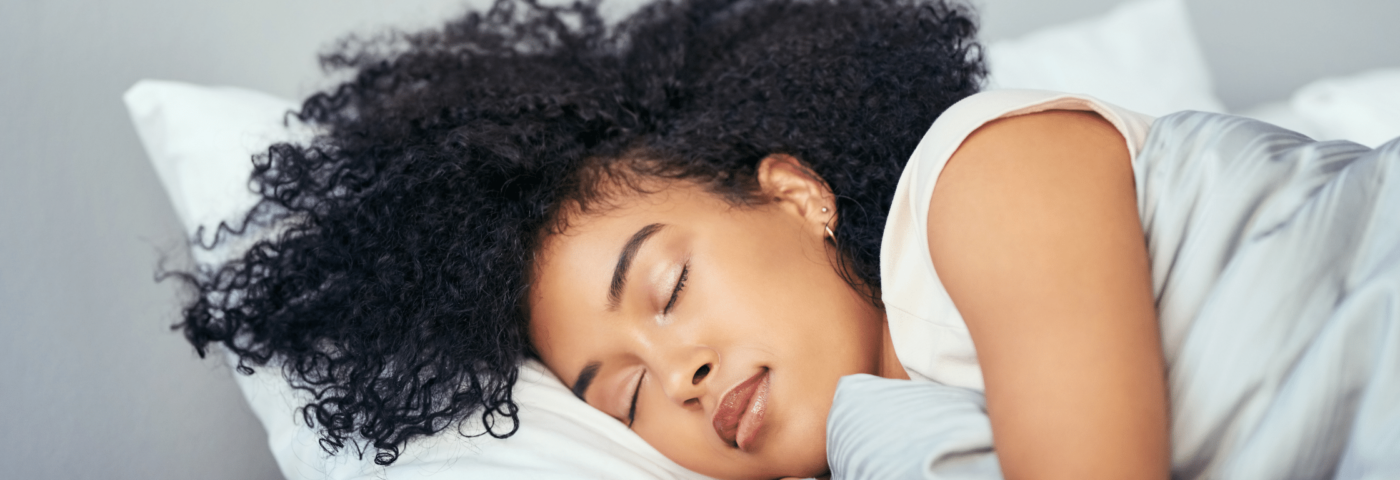Air: Respiratory Wellness
You might ask, what does air have to do with beauty? So much: think about the effects of pollution on skin for starters. Or wind burn! Or the effect of a very low humidity environment. There has been so much conversation, particularly during Covid, about smells affecting our mood, mental health and sleep patterns. All these are closely linked to beauty, health and wellbeing. According to the World Health Organization, the combined effects of outdoor and household air pollution lead to approximately 7 million premature deaths every year, usually as a result of stroke, heart disease, lung cancer, chronic pulmonary disease and acute respiratory infections.
We know sales of home fragrance products grew significantly during Covid (we were ALL home) and continue to do well. Fortune Business Insights estimates the global home fragrance market at about US$24 billion in 2021. We understand their powers: A soothing candle; a relaxing, “detoxifying” room spray; a calming diffuser; an exotic pot pourri; a lavender sachet tucked into a pillow. These may help us slow down, take a couple of relaxing deep breaths, even slow our heart rate.
Personal fragrance may have a similar affect. It can change our mood, transport us elsewhere and calm our anxious state. Sometimes fragrance is just a reminder to pay attention and be in the moment. Sometimes that’s all it takes.
Fragrance is available in so many forms. Fragrance companies like Diptyque have taken the concept to a new level with their Drogerie line: dishwashing liquid with orange blossom; all surface cleaner with lavender, cedar and fig; leather and wood care lotion with cedar and patchouli and an air purifying candle with basil, bringing soothing, ”clean” fragrance into the home. (If you haven’t tried their eau rose hair mist, shop immediately!)
The study of air quality on health and beauty is under-developed but is definitely on our radar. We’ll see many more developments in this category in the near future as the technology is changing rapidly with humidifiers, air purifiers and air scenting products. Stay tuned.
Beauty Sleep
We know skin repairs itself (as do other body parts) at night. Sleep is critical for physical and mental health. That is an undisputed fact. Circadian rhythm is real!
For most of us, a bad night’s sleep shows up on our faces the following morning.
It may also be apparent in our mood, our energy level, our creativity and our problem solving ability. But we’re dealing with beauty here, so we’ll focus on what sleep, and products designed to be used during sleep, do for us and our skin.
Estée Lauder was one of the first brands to leverage this positioning. In 1982, the company launched Night Repair Cellular Recovery Complex. Not only was it the first skincare product to use Hyaluronic Acid (The Moodie Davitt Report), it was among the first skincare products to talk about skin repair happening at night during sleep. “Night Repair harnesses the restorative power of night to deliver visible renewal. While you sleep, it helps ignite skin’s natural nightly repair process.” (Estée Lauder Companies).
This is now a crowded space: Elemis Superfood Midnight Facial, BeautyPie Overnight Skin Perfector, Dermalogica Sound Sleep Cocoon, Paula’s Choice Defense Nightly Reconditioning Moisturizer, Tatcha Indigo Overnight Repair and Isdin Melatonik Overnight Recovery Serum are just a few of the entries that target skin improvement at night, during sleep. Entire brands, such as Circadia, have grown up around the concept of “repairing” skin during sleep: One of the general claims is to stimulate the skin’s natural antioxidant defenses at night, helping to combat free radicals and repair oxidative damage accumulated during the day. Intensive moisturization is usually part of the package as well.
Potentially sun-sensitive ingredients like retinols are perfect night time companions, as there’s no sun exposure to contend with. A sleeping mask that’s hyaluronic acid rich is another excellent night time treatment.
Studies show between 10pm and 2am, the body goes through a dramatic process of physical repair. Between 2am and 6am, the body goes through psychological repair. Disrupted sleep patterns will cause cortisol levels to rise and negatively affect this regenerative process. (WebMD.com)
It’s called Beauty Sleep for a reason. Between 11pm and 4am, the majority of cell turnover happens. Disruption of the circadian rhythm has been implicated in a wide variety of dermatologic conditions. This concept is under scrutiny by physicians and beauty brands as part of customized skin care’s next phase, linking skin’s ability to “heal” within the pattern of sleep and waking.
62% of adults around the world say they don’t sleep as well as they’d like (Philips Global Sleep Survey, 2019). For many of us, Covid lockdown, with more time for sleep, was a reminder of (or an introduction to) what an 8-hour night was actually like! According to Allied Market Research, the global sleep aids market generated US$59.8 billion in 2020.
Air and sleep: intangible and often overlooked as part of a beauty regimen. They are both critical factors and deserve attention. There’s much more to come in both categories.
Get a good night’s sleep and a lavender sachet under the pillow can’t hurt!
Enjoyed this article? Get more by subscribing to our newsletter!

